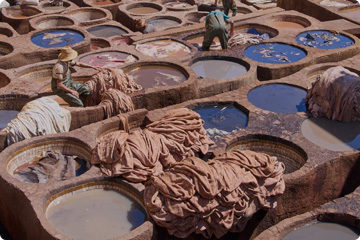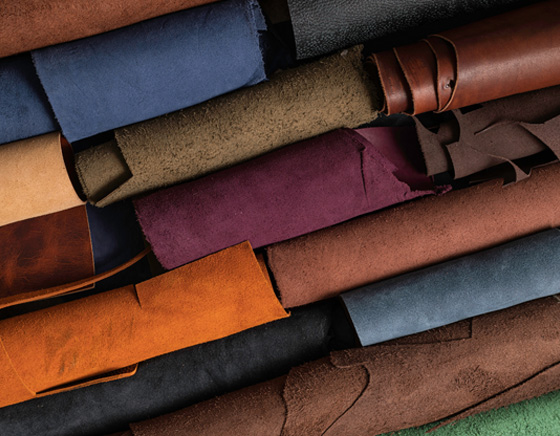Products
01
Animal welfare

02
Environmental pollution (wastewater problem)

03
Material loss and lots of
modification work

Animal cruelty Every year, one billion animals are sacrificed for leather. Calf and lamb skins under a year old are in high demand.
Environmental pollution Large-scale land use, carbon emissions, water pollution, and toxic waste runoff from the tanning process.
Material loss A lot of material is lost during the process due to cuts, insect bites, and site-specific differences inherent in natural leather.
Utilization of Bioleather Production Leather fabricable

Standardization
01
- The general leather process cannot be automated due to the uneven size and quality of raw skins.
- Many modifications are required due to non-standardization.
02
- If commercialized, bioleather could be standardized and automated, changing the paradigm of the leather industry. (Director of Leather Research Center, Korea Footwear and Leather Research Institute)
03
- Enables production of application-specific thicknesses
→ (clothes : 0.8~1.0 mm; footwear : 1.0~1.4 mm; military boots and car seats : 2.0~2.2 mm)

consumer
01
- The market introduction of natural leather substitutes (bio-leather) is expected in about 3 years.
02
- Consumer interest in veganism has increased recently, and active consumption is expected. (Discovery, Shinsegae, Korea Fashion Council etc)

